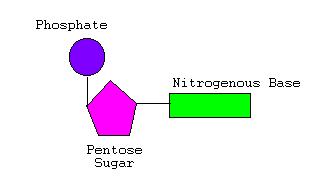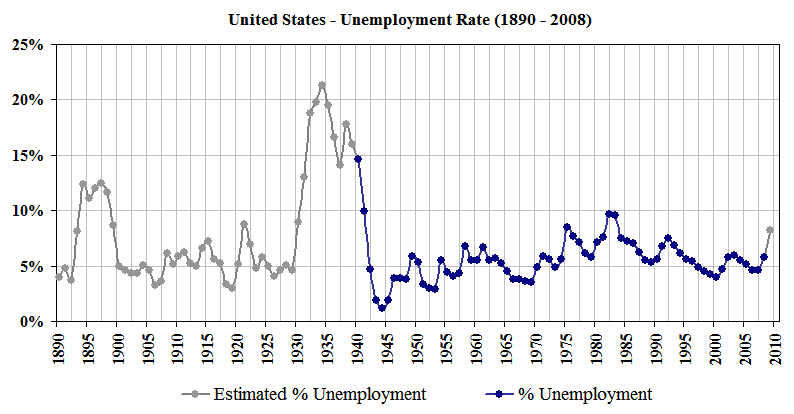GREASE THOSE WHEELS ( BIOLOGY )
#4 CELLULAR and NUCLEAR DIVISION
#4 CELLULAR and NUCLEAR DIVISION
> explain the importance of mitosis in growth, repair and asexual reproduction;
Every wondered why, after getting a nasty cut, you skin grows back. Ever thought out about the stuff thats going that results in your hair getting longer day by day? No? Well then you are not aware of nature's most important process that lets almost everything grow, reproduce and survive...Cell Division; and at our level...Mitosis!
Mitosis is a five step process, followed by cytokinesis, that helps cells divide to two similar daughter cells. It only involves somatic or normal body cells and not gametes. Mitosis is important because...
It aids simpler organisms, like bacteria, to reproduce asexually.
It allows regeneration of damaged or worn out body tissue.
It also aids us in growth as our cells multiply and we become multicellular organisms after conception.
Moreover the formation of healthy daughter cells from mitosis tells about the non-problematic state our genome because the daughter cells have the same genetic material as the parent cells.
------------------------------------------------------------------------------------------------------------------------
Carcinogenics, like cigarette smoke, harmful radiation and other chemicals that cause mutation of the human genome.
Infection with oncogenes which are viruses that affect the genes associated with normal cell division, more specifically the tumour suppressor gene.
Errors in DNA Replication can also cause cancer despite bodies seemingly tough checks.
Immune system not functioning properly can also increase the chances of cancerous growth.
Cancerous growth can also be inherited, as in breast cancer.
------------------------------------------------------------------------------------------------------------------------
------------------------------------------------------------------------------------------------------------------------
Before a cell can divide, there is a combination of phases in its life cycle known as interphase which involves...
Growth Phase 1 (G1): New organelles are formed to provide daughter cells with.
Synthesis Phase (S): DNA is replicated.
Growth Phase 2 (G2): Cell builds up its energy reserves to power mitosis.
Growth Phase 1 (G1): New organelles are formed to provide daughter cells with.
Synthesis Phase (S): DNA is replicated.
Growth Phase 2 (G2): Cell builds up its energy reserves to power mitosis.
Although mitosis is doesn't always occur smoothly. An abnormal case of mitosis is cancer. Which is a medical condition that involves, uncontrolled growth of infected cells, invasion and destruction of adjacent healthy cells and spread to other parts of the body. It is caused by...
Now let us look at the stages of cell division in a little more detail...
1. Prophase
- Before prophase genetic material in the cell's nucleus is in a loosely bundled, kind of a suspension form; known as chromatin. But after the onsets of prophase chromatins condense to form highly organized chromosomes which have two chromatids joined at the centre called centromere. (lots of Cs eh? =P)
- Centrosomes (pair of centrioles) migrate to opposite poles of the cell.
- Spindle fibers generate from the two centrosomes (one of them is replicated when mitosis is about to occur) upon the polymerization of soluble tubulin. The spindle fibres can be thought of as molecular pathways; about 30 nm in diameter; upon which most cellular organelles move about in the cell.
2. Prometaphase
- Nucelolus has disappeared.
- Nuclear membrane degenerates.
- Spindle-fibers invade the nuclear space attaching themselves to the centromeres of chromosomes each chromosome is attached to both the centrosomes as they lie at the opposite poles of the cell.
- Chromosomes lie are pulled by spindle-fibers to the equator of the cell.
3. Metaphase
- Chromosomes now lie at the equator of the cell.
- Contractions in the spindle-fibers (requires ATP) results in sister chromatids starting to split apart.
- Proper alignment is necessary to proceed to anaphase. Thats why cells remain in metaphase for hours and even days to make this happen.
4. Anaphase
- Sister chromatids have separated at the centromere and are migrating towards the poles marked by the centrosomes.
- First signs of cell-membrane invagination are visible.
5. Telophase
- It is basically the cancellation of the effects of prophase and prometaphase.
- Sister chromatids which had migrated to the opposite ends of the cell become surrounded by a nuclear membrane each.
- Chromosomes decondense to form chromatin.
- There are now two nuclei in the same cell; nucleolus has also reappeared.
- Spindle fibers degenerate.
- Mitosis is now complete.
6. Cytokinesis
- This the process by which a cell actually divides into two separate entities.
- Contractile ring in the centre of the cell pinches the cell inwards uptil separation.
- Cytokinesis doesn't occur in plant cells. in it a cell wall plate forms which divides the cell asymmetrically.
Now lets look at this process as a whole...















